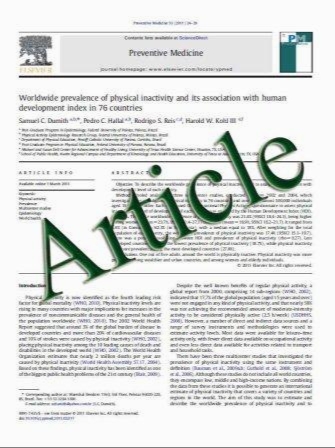Stroke secondary to aortic dissection treated with a thrombolytic: a successful case
- نوع فایل : کتاب
- زبان : انگلیسی
- مؤلف : Ame´lia Mendes • Teresa Mendonc¸a • Anto´nio Sousa • Goreti Moreira • Marta Carvalho
- چاپ و سال / کشور: 2011
Description
Aortic dissection is a life-threatening emergency and can present neurological symptoms, mainly associated with a stroke. This represents a challenge to the neurologist because of the necessity to treat the patient with a thrombolytic in a narrow time window, which could have a fatal outcome. A 70-year-old male patient presented in emergency department with an acute stroke (right middle cerebral artery syndrome) without any other symptoms. He was considered eligible for thrombolytic treatment with recombinant tissue plasminogen activator (rt-PA). During the thrombolysis, asymptomatic hypotension was detected which was corrected with volume and dopamine, without significant worsening of the neurologic deficits. A few minutes after the end of the perfusion, the patient complained about an unspecific dorsal discomfort. It was diagnosed a Stanford type A aortic dissection. The patient was submitted to an urgent surgery to replace the aorta. The evolution was good and 12 months later, he is independent in the activities of daily life. This case of an ischaemic stroke caused by an initial asymptomatic aortic dissection treated with rt-PA could have had a bad outcome, as in the majority of similar cases. However, the rapid diagnosis and appropriate treatment of the dissection could have been the main factors to explain the survival of our patient.
Neurol Sci DOI 10.1007/s10072-011-0616-2 Received: 26 August 2010 / Accepted: 28 April 2011


